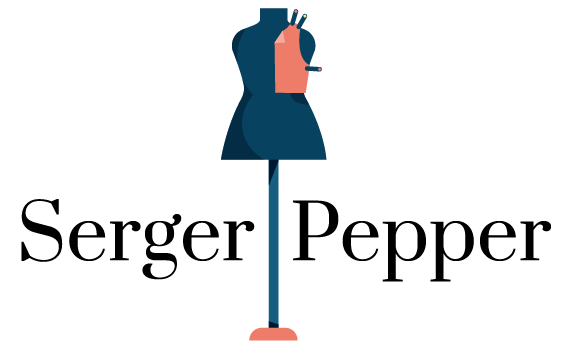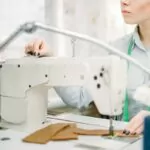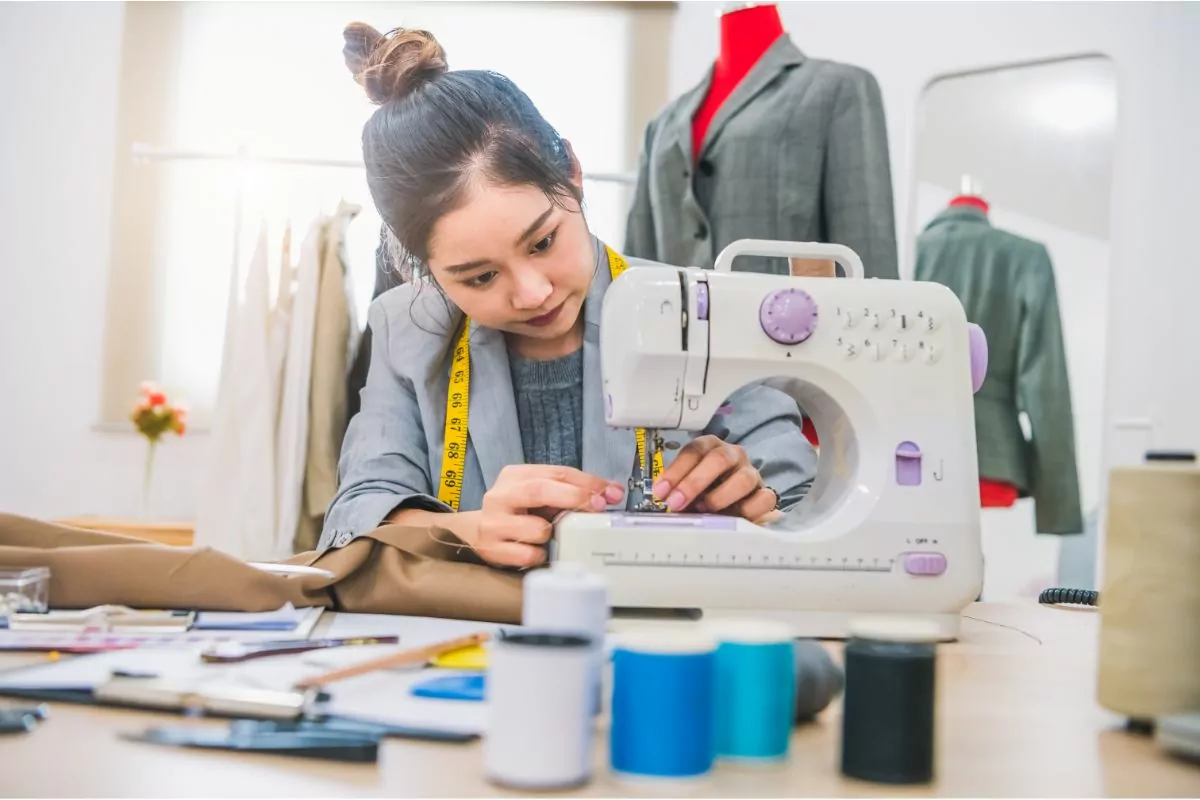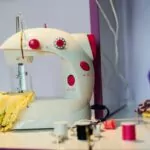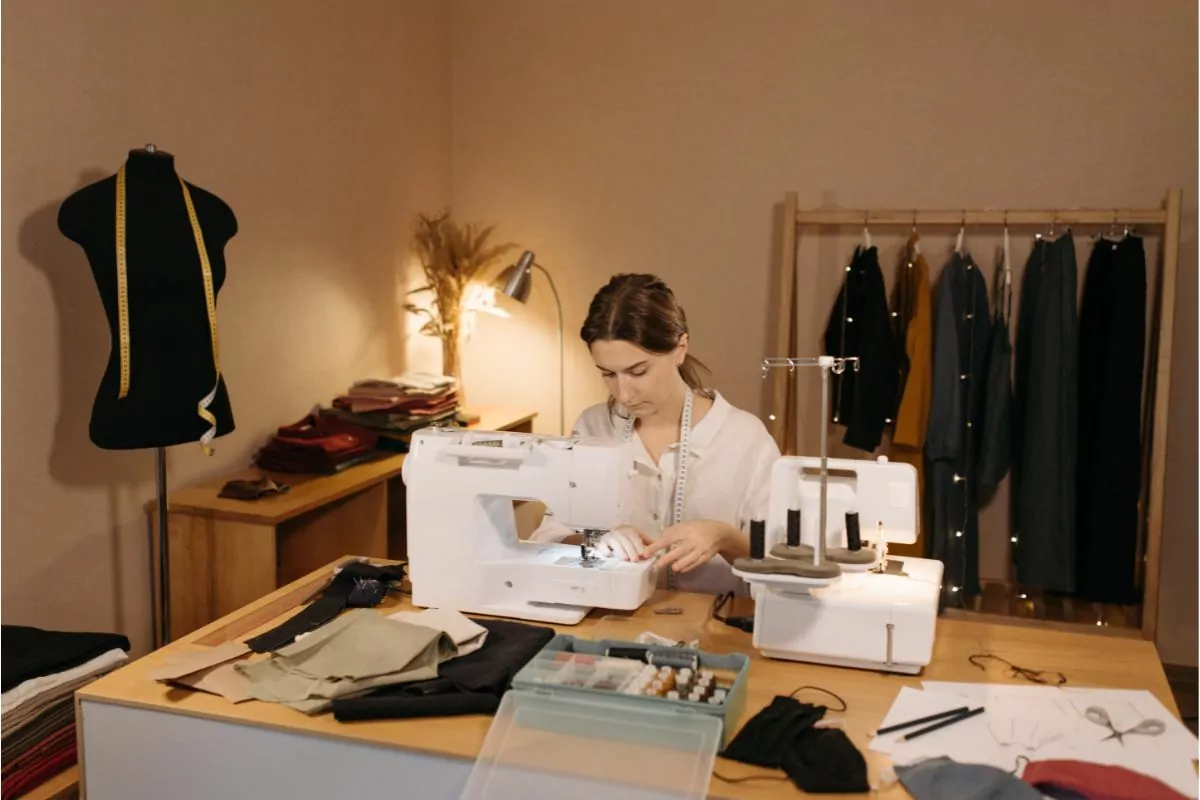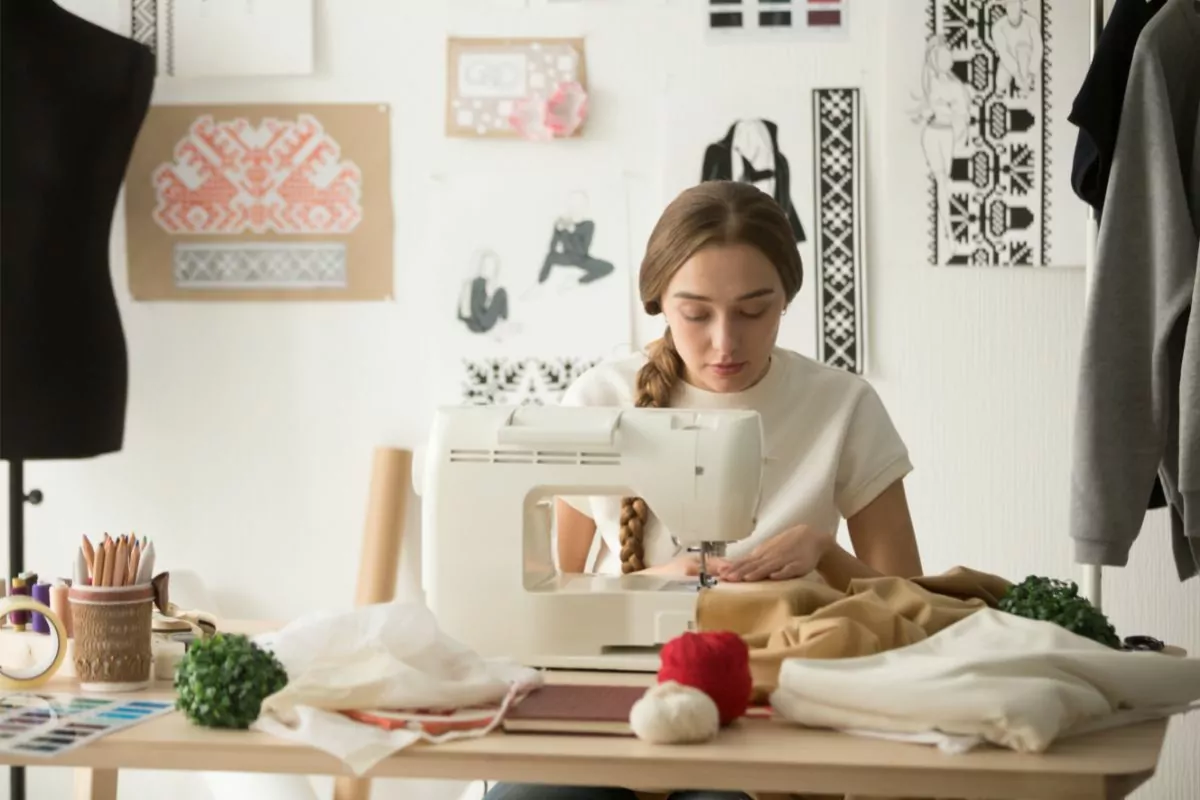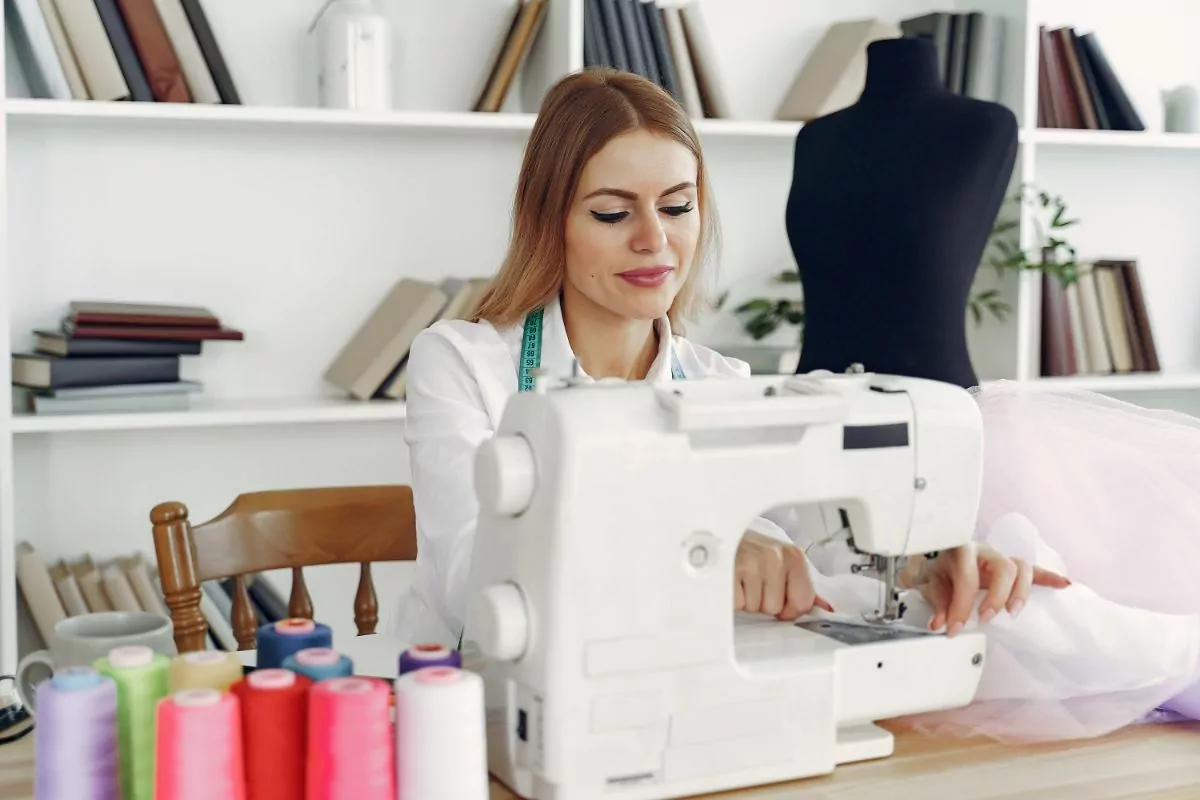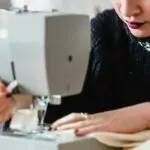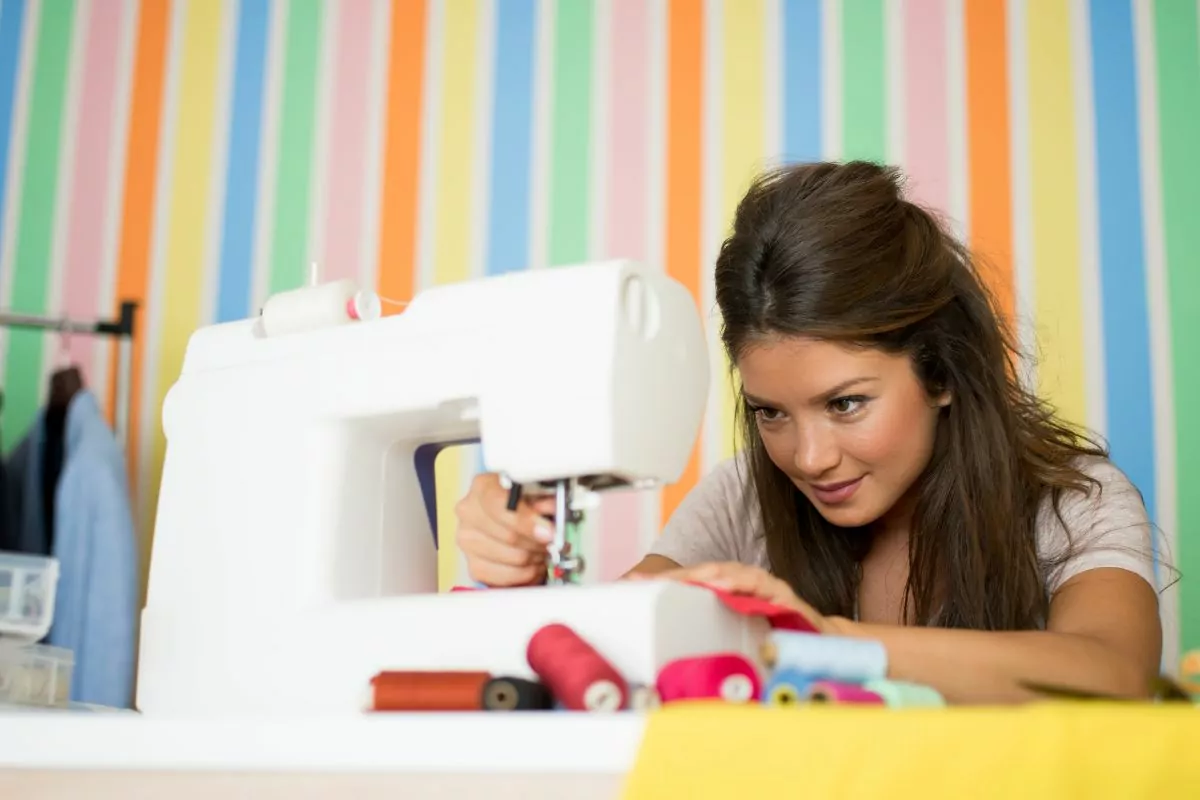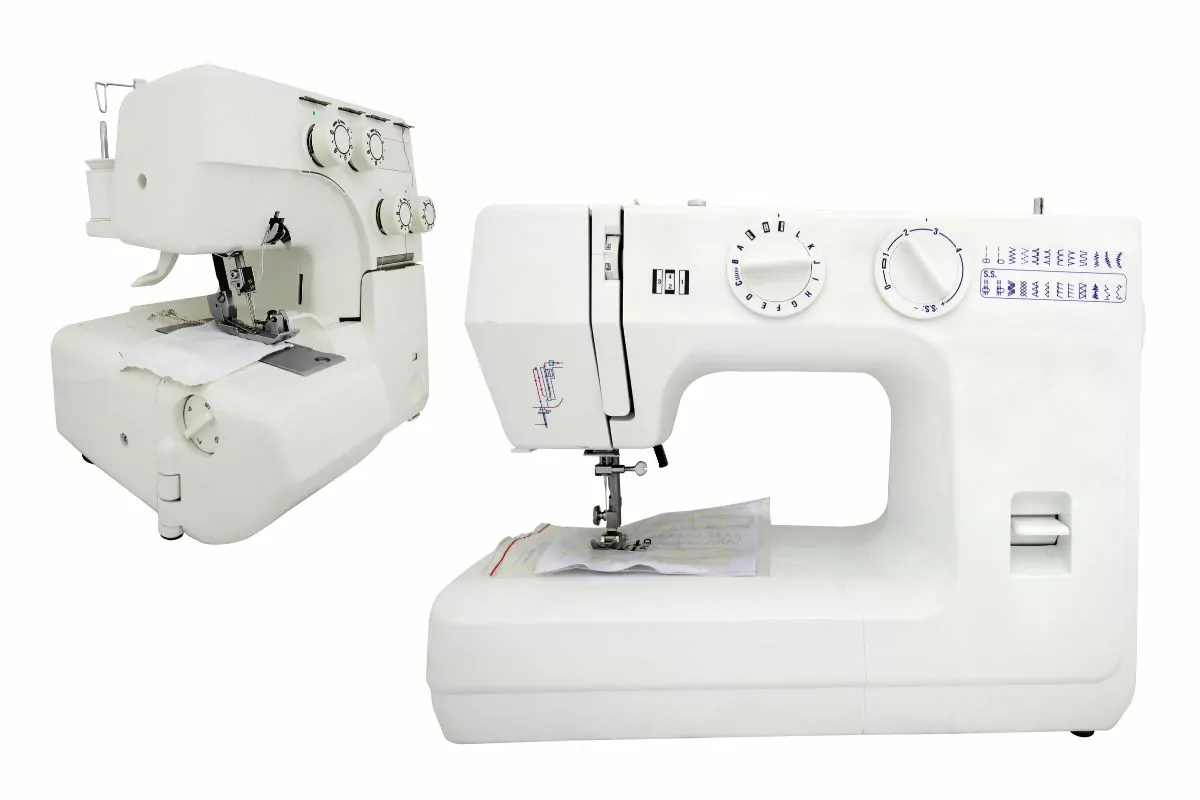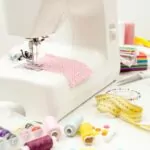Singer sewing machines became a household staple in the mid-19th Century. This makes them one of the oldest sewing machine brands in the world.
But how old is your Singer sewing machine? Each sewing machine from Singer gets a serial number that indicates when your model was made.

Some Singer sewing machine models are highly sought after but even if your sewing machine isn’t a rare piece, it is still great fun to delve into the history of your machine.
In this article, we find out how you can tell the age of your Singer machine and what sewing machines increase in value over time.
How To Tell The Age Of Your Singer Sewing Machine
There are a number of different ways to identify the production year of your Singer sewing machine.
You can check the device’s serial number, age-related rust spots or specific features on your model.
The Singer Sewing Machine Serial Number
The easiest way to find out when your Singer sewing machine was made is through its serial number.
Since the production of the first Singer sewing machine, the manufacturer marked their pieces with serial numbers.
Each number corresponds to a specific model from a specific date.
Sometimes you can even find out the location of the production site. Take a look at Singer’s serial number guide for their sewing machines.
Serial numbers changed over time. Singer sewing machines produced before 1900 don’t have a letter prefix. They were also manufactured in different parts of the world.
After 1900, Singer started making sewing machines in their own factories which allowed them to standardize the serial numbers on their machines.
The location of the serial number on a Singer sewing machine also changed with each model.
If you have a hand-crank model with a treadle, then you should be able to find the number on the bed or the throat plate of the machine.
The serial number for hand-crank sewing machines from Singer can be up to eight numbers.
On the other hand, newer electric models with a treadle have two letters and six numbers. You can find the serial number on the right-hand side of the sewing machine.
Some electric models also have the serial number shown underneath the machine. For Singer sewing machines produced in the 1960s and later, the number is often on the side or front of the device.
Singer sewing machines made between 1900 and 1935 only have a single letter in front of the number in their serial number.
Models produced after 1935 have a double letter and six numbers in their serial number.
Features
Singer continually developed their sewing machine models, so you can find a variety of features that appeared from certain dates.
The most distinctive feature of Singer sewing machines was the move from a manual hand crank to electric power.
All sewing machines produced before 1950 had to be operated manually. All models after this date were electrically powered in some way.
Even if you don’t have the serial number, individual features can indicate when your Singer sewing machine was roughly made.
Rust Or Age-Related Patina
While this doesn’t apply to the more recent models, some older Singer models may show signs of rust or a patina.
Rust can form if a sewing machine wasn’t stored in the right conditions.
This being said, as Singer sewing machines are made from metal, the metal can react with oxygen in the air over time, resulting in a patina.
However, this is not always a sure sign that your Singer sewing machine is older.
Plus, you can’t tell the exact production year, so it is important to look at the serial number and other features.
Is Your Singer Sewing Machine Valuable?
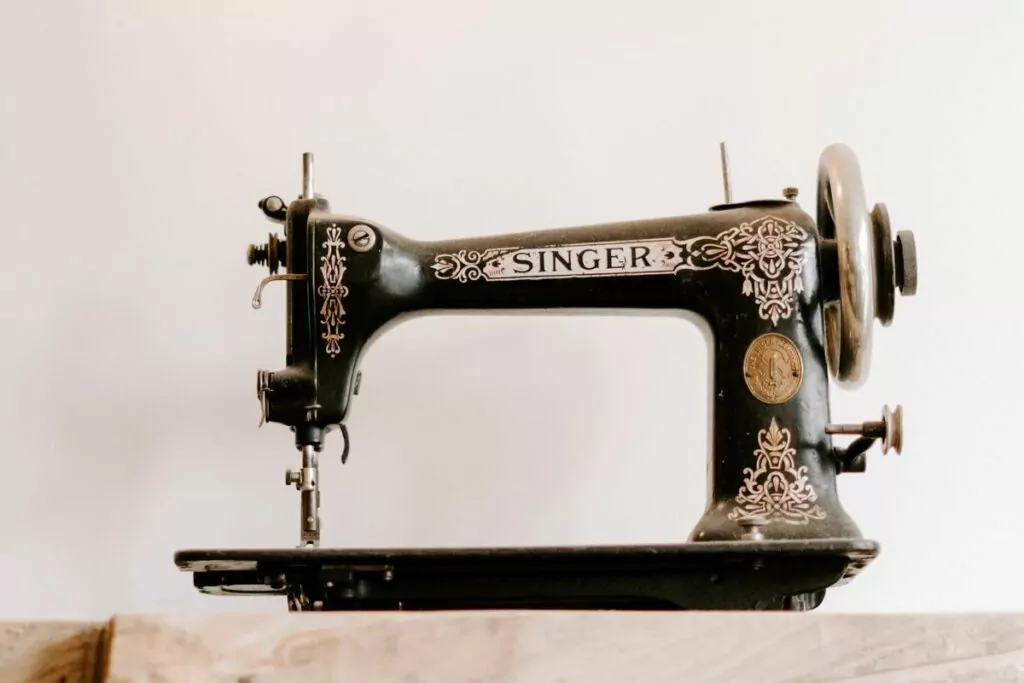
Vintage Singer sewing machines can be valuable collectibles.
However, the specific models depend on the antique market and what the International Sewing Machine Collectors Society (ISMCS) marks as valuable.
You will need to find out what date and model you have to check if it is a collector’s item. Keep in mind that not all old Singer sewing machines are seen as valuable.
As a rule of thumb, models, where only a few machines were produced, fetch a much higher price than mass-market sewing machines.
This being said, both Singer and the ISMCS state that the Singer 201 (a mass-market model) can command a relatively large price, as long as it is in full working condition.
The condition of your sewing machine plays a big part in its final price.
Even if you don’t want to sell your vintage sewing machine, make sure that you keep it in good working order and look after it for as long as possible.
A Short History Of Singer Sewing Machines
In 1850, Isaac Merritt Singer produced the very first Singer sewing machine called Standard 1. The first sewing machines were still manufactured in his small machine shop in Boston.
Throughout the 1850s, Singer moved to larger premises in New York. By 1963, Singer already had 22 patents for its sewing machines and it was selling 20,000 machines each year.
From 1867, Singer sewing machines were produced in Glasgow, Scotland which made Singer the first company in the world to manufacture overseas.
The Singer company grew significantly and by the turn of the century, they had already sold 14 million sewing machines.
During WWII, Singer changed their manufacturing processes to produce bullets and guns but they refocused their efforts on sewing machines after the war.
Isaac Merritt Singer was keen to show the world that women could easily work with his sewing machines at home, so he chose to employ female workers.
The company started out with Singer treadle sewing machines that you can sometimes find at auctions today.
Made for large scale industry production, they were long-lasting and heavy-duty machines.
With the introduction of electric motors, Singer’s sewing machines became electric in the 1950s.
Final Thoughts
Singer sewing machines are considered the best devices you can get in the sewing world. They are synonymous with quality and technical evolution.
Over its long history, Singer produced a large range of different sewing machine models. In order to find out when your Singer sewing machine was made, just check the serial number on your device.
- How To Sew Fabrics Together - June 5, 2023
- How Many Stitches Per Inch? - June 5, 2023
- How Long Does It Take To Sew A Dress? - June 5, 2023
